How to buy a video doorbell
Secure your home the smart way
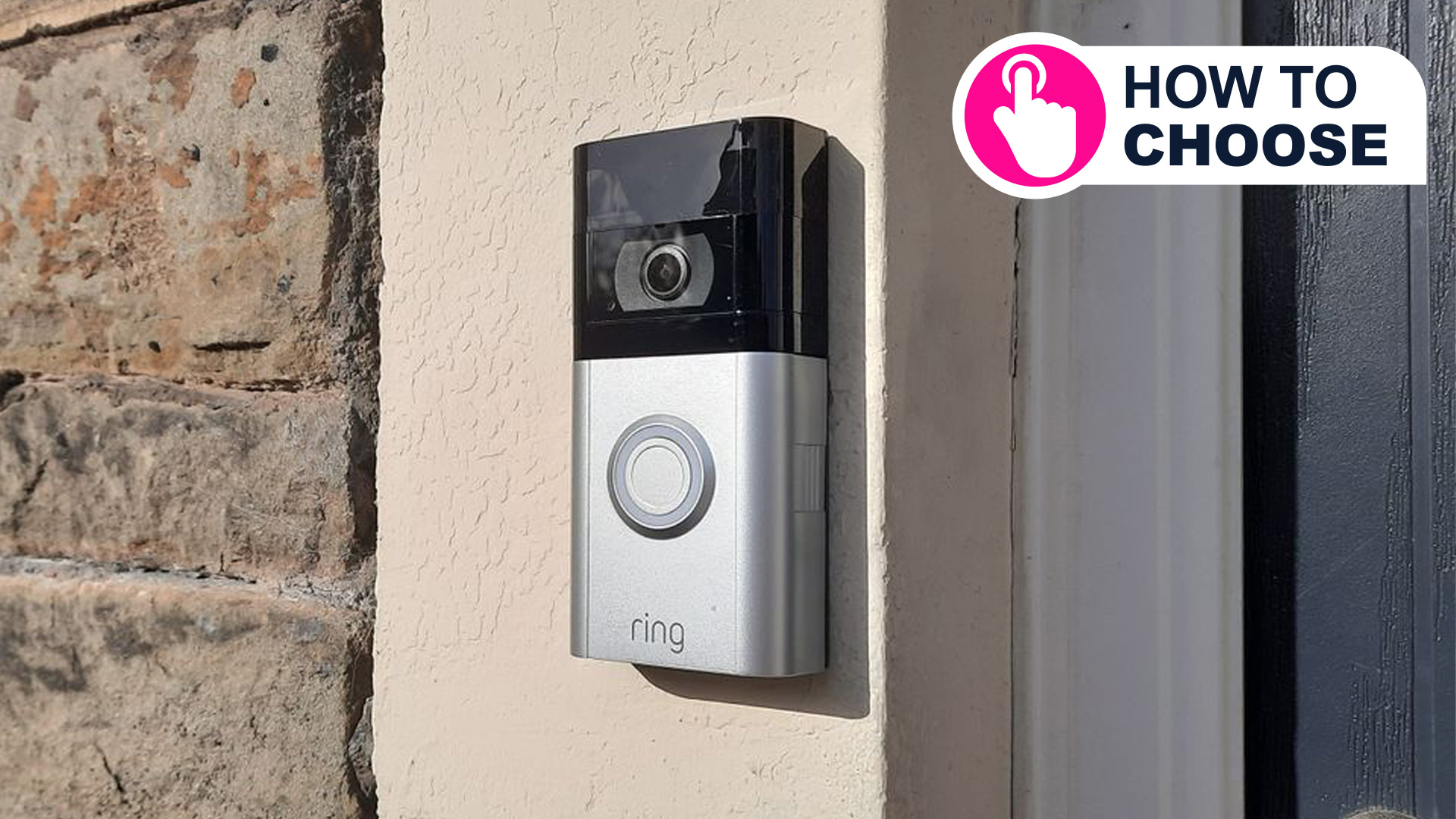
This is part of a regular series of articles designed to guide you through the process of buying a particular device or type of product. Read them all here.
The best video doorbells are a great example of how a simple bit of technology can transform a humble household object into something much smarter and far more useful. Among the best smart home devices on the market, there are plenty of video doorbell offerings from various brands – but fundamentally, they do the same thing.
That is, they use a camera, microphone, and Wi-Fi connection to notify your smartphone when a visitor presses the button. They then establish a live video call between your phone and the doorbell, letting you speak with the visitor whether you’re home or not.
Video doorbells also act as security cameras, alerting you when they spot movement nearby and recording footage just as a regular surveillance system would. There are some differences when you look at the technical specifications, in particular when it comes to how a doorbell stores video recordings. This usually involves cloud storage and a subscription service.
So, while most video doorbells work right out of the box, notifying you when the button is pressed, their security camera features often require you to pay a monthly charge.
Lastly, some video doorbells are battery-powered and can simply be stuck to your front door cable-free: others are powered by the wiring of your traditional doorbell. If you don’t have such wiring, you’ll need to factor that into the installation cost.
What to look for
Ready to learn more about buying a video doorbell? The first decision will be over which company to use, and this will likely be based on the smart home equipment and automation platforms (if any) you already own.
If you’re a paid-up member of the Amazon smart home ecosystem, with Echo smart speakers and displays throughout your home (or just a single Echo Dot), then a Ring video doorbell makes the most sense. Ring is owned by Amazon and its video doorbells tightly integrate with Alexa. This lets your Alexa speakers act as the chime for your Ring doorbell, and you can view the doorbell’s camera feed on any of your Echo Show smart displays.
Sign up for breaking news, reviews, opinion, top tech deals, and more.
You might be surprised to learn that Ring doorbells don’t come with a chime. Instead, they buzz your smartphone and Echo speakers. A mains-powered chime is available separately.
Don’t have an Alexa smart home? In that case, you might be better off with a video doorbell from Arlo, since this works with Google and Apple smart home systems as well as Alexa. Alternatively, if you have a range of Google and Nest devices, the Nest Hello video doorbell works with Nest smart speakers and displays. It does work with Alexa, but only in a limited capacity, and offers no support for Apple HomeKit.
Once you've decided on a smart home system, you’ll need to pick between a battery or mains-powered video doorbell. Most are mains powered, drawing electricity from the wiring of your old doorbell. Some options, such as the Ring Battery Video Doorbell Plus, come with a rechargeable battery. These tend to last several weeks between charges, depending on how you use the doorbell and how often it records video.
What specs do you need?
We began this buying guide by saying how most video doorbells work in the same way. This is broadly true, but there are features and specifications to look out for.
Resolution is important, as with any camera, but the field of view is crucial here. Some video doorbells can only see the top half of a visitor’s body if they're standing close by, while others, such as the Arlo Video Doorbell, are wide enough to see right to the ground – handy when you’re checking to see if a parcel has been delivered.
Another key feature to consider is night vision. Some video doorbells use infrared night vision that produces a greyscale, black-and-white image, while others (like the Ring Video Doorbell Pro 2) have colorized night vision.
Today, all video doorbells come with a microphone and speaker that enables you to have a conversation with the visitor, and some let you play pre-recorded messages. Most Ring video doorbells let you do this with a system called Quick Replies, with the options like “Please leave the package outside,” or “Thanks for stopping by. If you’d like to leave a message, you can do it now.” Unfortunately, you can’t record your own messages.
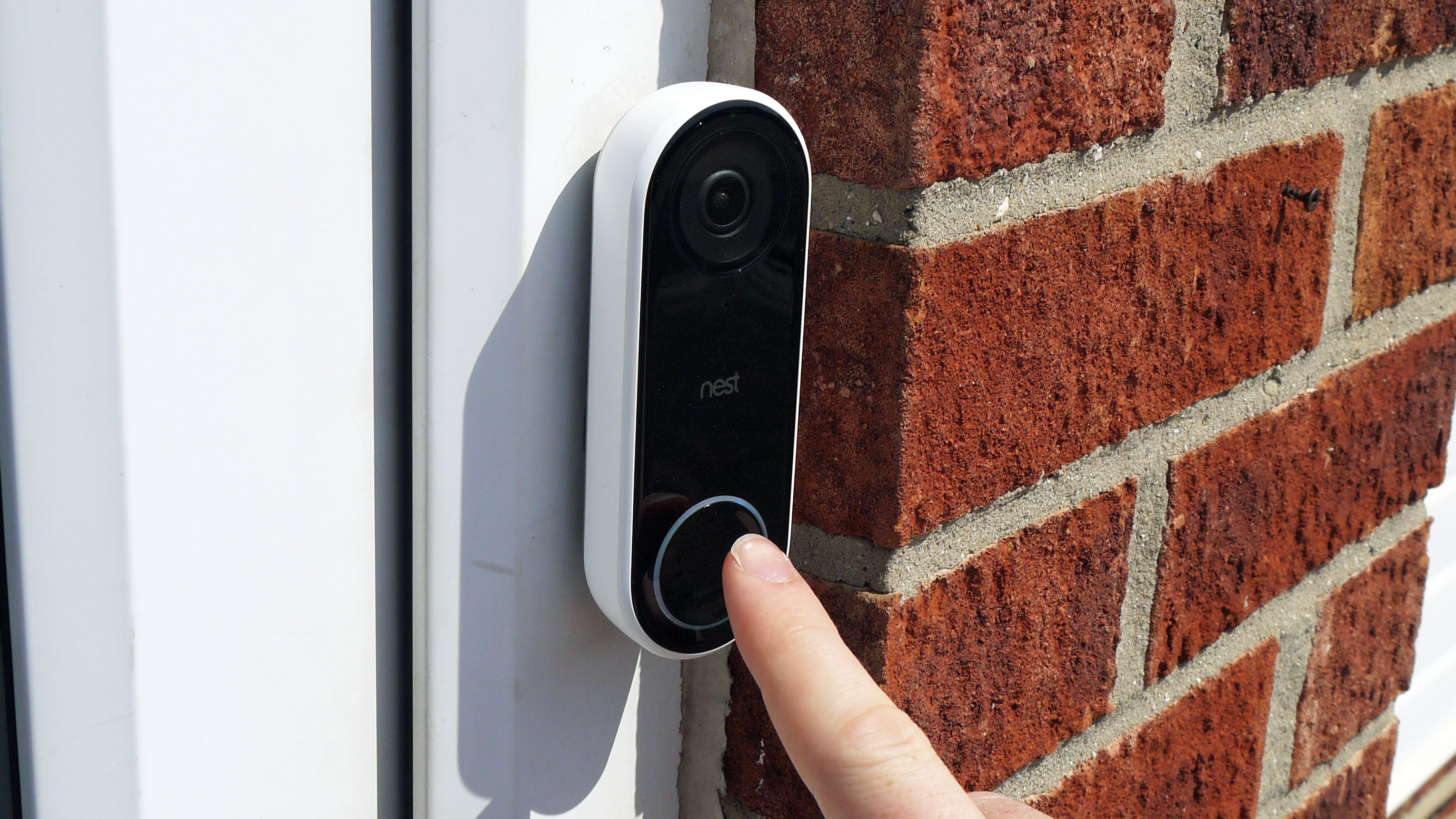
Most other specifications will depend on the type of subscription service you want. As we said earlier, these devices work as doorbells without a subscription but usually require payment before you can also use them as a security camera. That’s because video recordings take up server space (instead of being stored locally on the doorbell itself), which costs money.
As an example, Ring offers two tiers of Protect subscription service, called Basic and Plus. The former includes notifications that alert you when the doorbell camera sees a person (rather than merely a moving object), offers a photo preview of any movement in the app notification, and lets you store video recordings on Ring’s server for up to 180 days before they're deleted. The pricier Plus option includes an extended warranty and assisted monitoring when used with a broader Ring Alarm security system.
Nest's paid-for subscription service adds features like alerts that tell you when a parcel has been left on your doorstep, along with access to 10 days’ worth of 24/7 video-recording history.
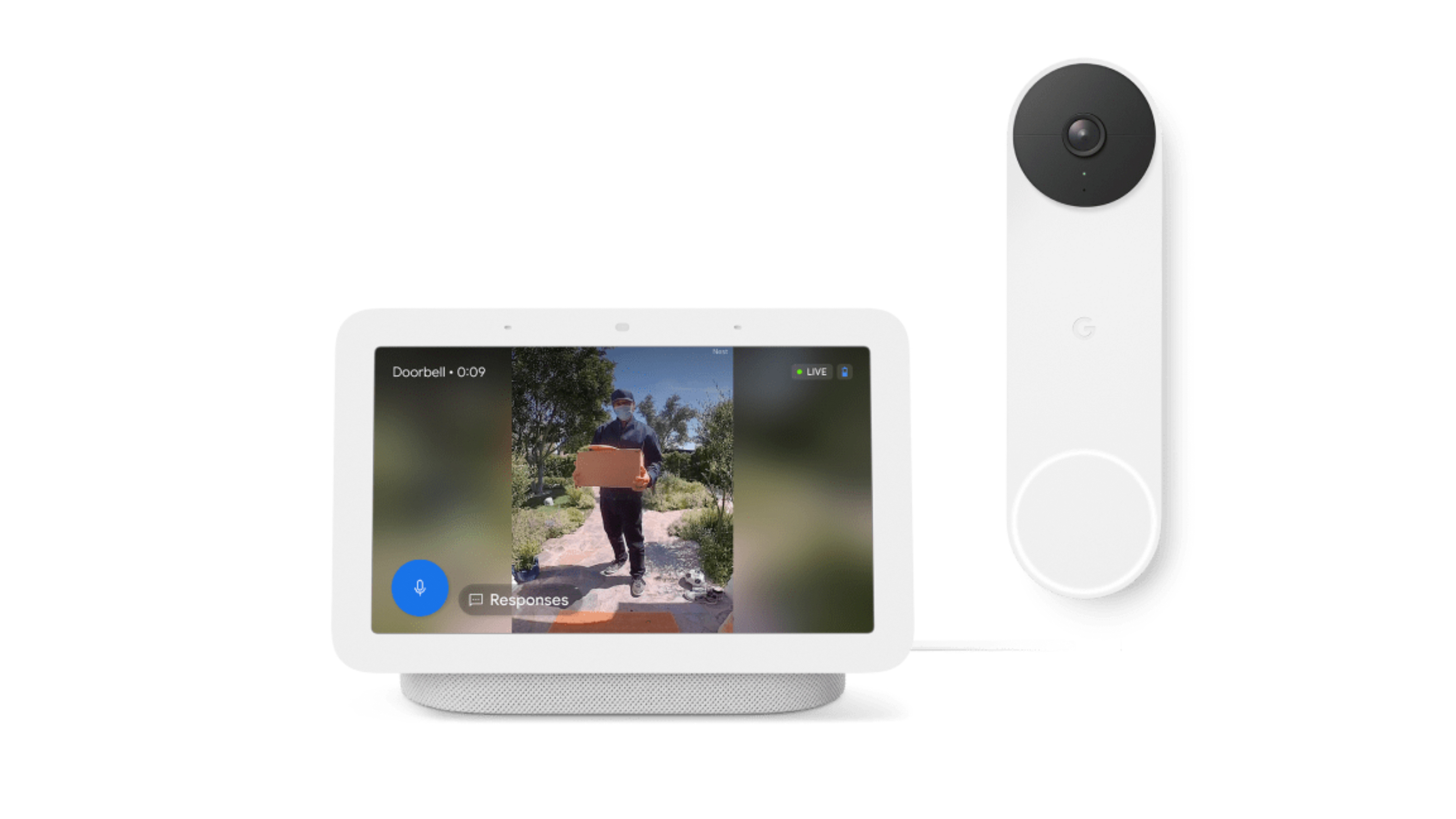
Likewise, Arlo’s video doorbell manages the basics on its own but requires a subscription if you want to watch video recordings or give visitors the chance to leave a message when you’re not home.
Finally, there's how the doorbell is powered. We mentioned earlier how video doorbells are generally offered with either battery power or a connection to the mains supply of your existing doorbell. There’s also a third way, in the case of the Ring Video Doorbell Elite, which is powered by Ethernet.
Although unusual, this is a good option for larger properties where the front door might be a considerable distance from the Wi-Fi router, or where you want a doorbell fitted to the bottom of the driveway. That said, running an Ethernet cable all that way comes with its own challenges.
Should you wait for deals?
Deals on video doorbells are fairly common throughout the year. This is especially true of bundles that include a doorbell and an accessory – such as a plug-in chime. Since Ring has such a large range of video doorbells, including models that are now in their fourth generation, there’s almost always a deal to be had.
Furthermore, video doorbells receive relatively infrequent hardware upgrades – at least compared to the annual launches of flagship smartphones – so there’s often no harm in buying a model that's a few years old, should you find it at a good price. For example, the retail price of the second-generation Ring Video Doorbell is £99.99, compared to £179.99 for the fourth-gen model. They look identical, are both battery-powered and work in a very similar way, save for the newer model having a feature called Color Pre-Roll, where the camera saves a few seconds of video recorded just before the button is pressed.
Amazon also produces a video doorbell called Blink for even less money. Simpler and smaller than the Ring doorbells, the Blink offers two-way audio, HD video, motion detection, Alexa connectivity, and the option to be wired or wireless. Even without a discount, the Blink is priced at just £59.99.
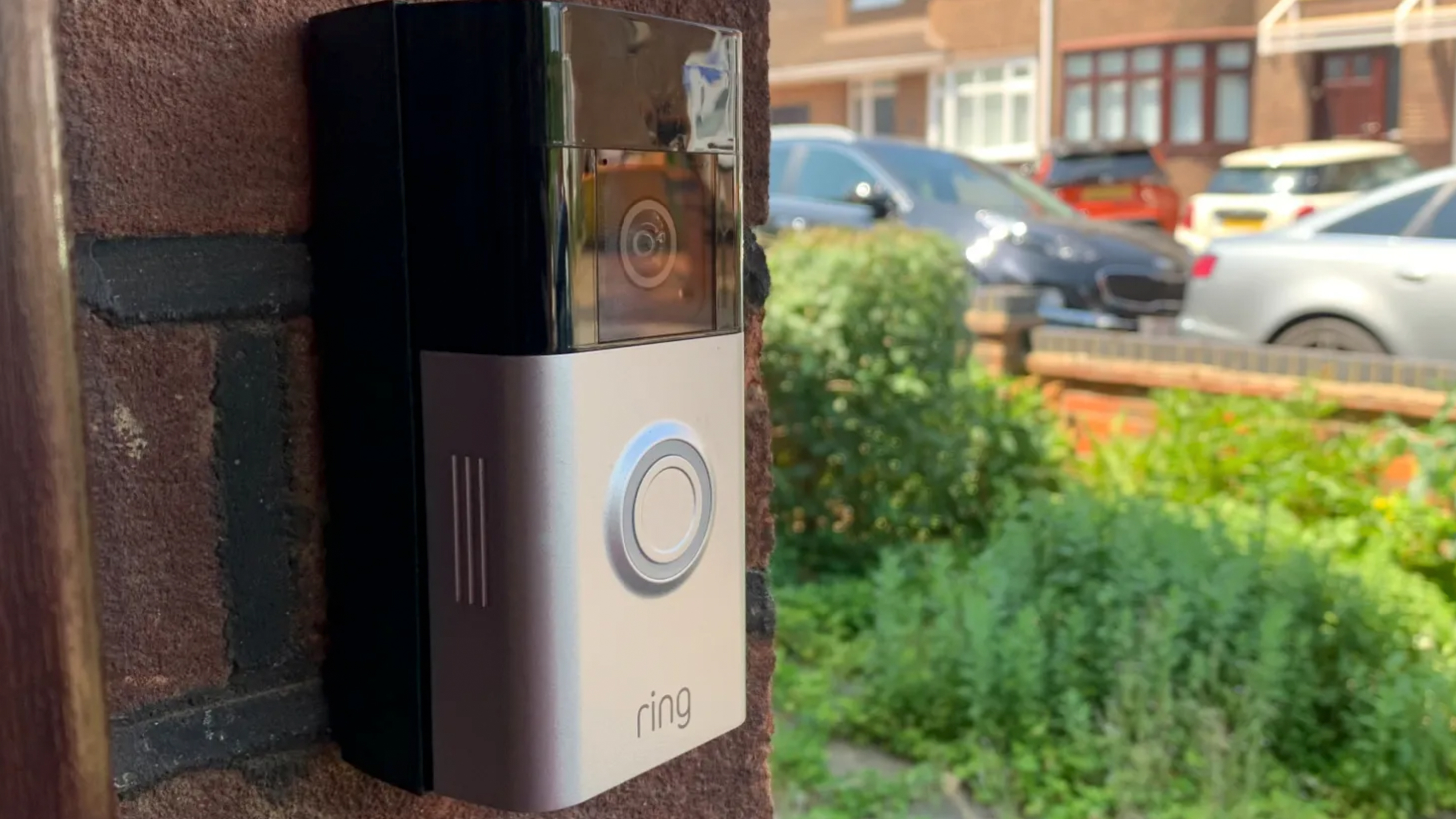
Shoppers looking for a Nest video doorbell might want to hold out on making their purchase since these are discounted less often, though sometimes quite considerably. For example, while writing this guide, we spotted the mains-powered Nest Hello reduced by 44% on Amazon. There are only two models of Nest Doorbell (one with a battery and one that's mains powered) and no previous generations to snap up at a lower price. If you don’t want to pay the full price, patience is key.
Similarly, the Arlo Essential wireless video doorbell is sometimes reduced by a significant amount – its price had been slashed by a whopping 56% on Amazon at the time of writing – but these discounts don’t last forever. Arlo seems uninterested in matching such discounts, so you’re better off looking for deals from retailers instead of buying from the manufacturer.
If you didn’t manage to snap up one of the aforementioned deals, then, naturally, it's best to look at video doorbell prices during one of the major annual shopping events, such as Black Friday in November and Amazon’s Prime Day promotions.
Since video doorbells aren’t on a predictable annual upgrade cycle, it’s hard to say when new products will arrive and, thus, when to hold off on buying an older generation, even if it looks like great value. If you intend to subscribe to unlock all of the doorbell’s features, it could be worth avoiding an old model, since this is the least likely to gain any new features in the future.
On the other hand, if all you want is a simple doorbell that buzzes your phone or a plug-in chime, and you don’t need it to act as a security camera with 24/7 video-recording capabilities, buying an older model at a knock-down price is a good idea.
Our top picks

Specifications
Reasons to buy
Reasons to avoid
It may be a few years old now, but the Arlo Video Doorbell is still one of our absolute favorites. Usually priced well below £100 / $120, the Arlo is a compact video doorbell that's powered by your existing doorbell wiring.
In our review, we praised its classy design, good video quality, and value for money. We were also a fan of its smart features, which include the ability to differentiate between people, packages, and animals; but, as with pretty much all video doorbells, these advanced features require a monthly subscription.
Compact and discreet, the Arlo is designed to fit on (or next to) any door. We found it very easy to set up via the Arlo smartphone app – but, being hardwired, you'll need to have some DIY skills (or hire a professional), and this means it likely isn't suitable for renters.
Setup takes about 30 minutes, and once that's done the Arlo impressed us with good video quality. The resolution is 1536 x 1536, meaning a square aspect ratio with a 180-degree field-of-view that helps you see visitors' faces as well as packages left on the doorstep. The Arlo app is easy to navigate and works with various other Arlo smart home devices, including security cameras and baby monitors.
There's support for Google Assistant and Alexa, plus SmartThings and IFTTT. Unfortunately for iPhone users, support for Apple HomeKit is lacking.
Read our full Arlo Video Doorbell review

Specifications
Reasons to buy
Reasons to avoid
You really can't go wrong with a Ring video doorbell, especially if you've already invested in the Amazon, Alexa, and Echo smart home ecosystem. This particular model is wired to the mains for power, so you'll need to make sure your property has the correct wiring before buying.
Once installed, the Ring presents a simple button to visitors, surrounded by a blue status light and with a camera above. This is Ring's cheapest doorbell, yet scored well in our review, owing to its support for Echo smart speakers and displays, and its good video and audio quality.
Video resolution is Full HD (1920 x 1080), with a 155-degree field-of-view that's narrower than some other video doorbells. It also has infrared night vision that produces grayscale (instead of full-color) footage. As with other Ring doorbells, video storage and other additional features require a subscription.
Note that this doorbell will not operate your existing chime. It rings via a smartphone notification by default but can be set to alert Echo smart speakers, too. Ring sells a mains-powered chime separately, priced at $29.99 / £29.99 / AU$59.
Read our full Ring Video Doorbell Wired review
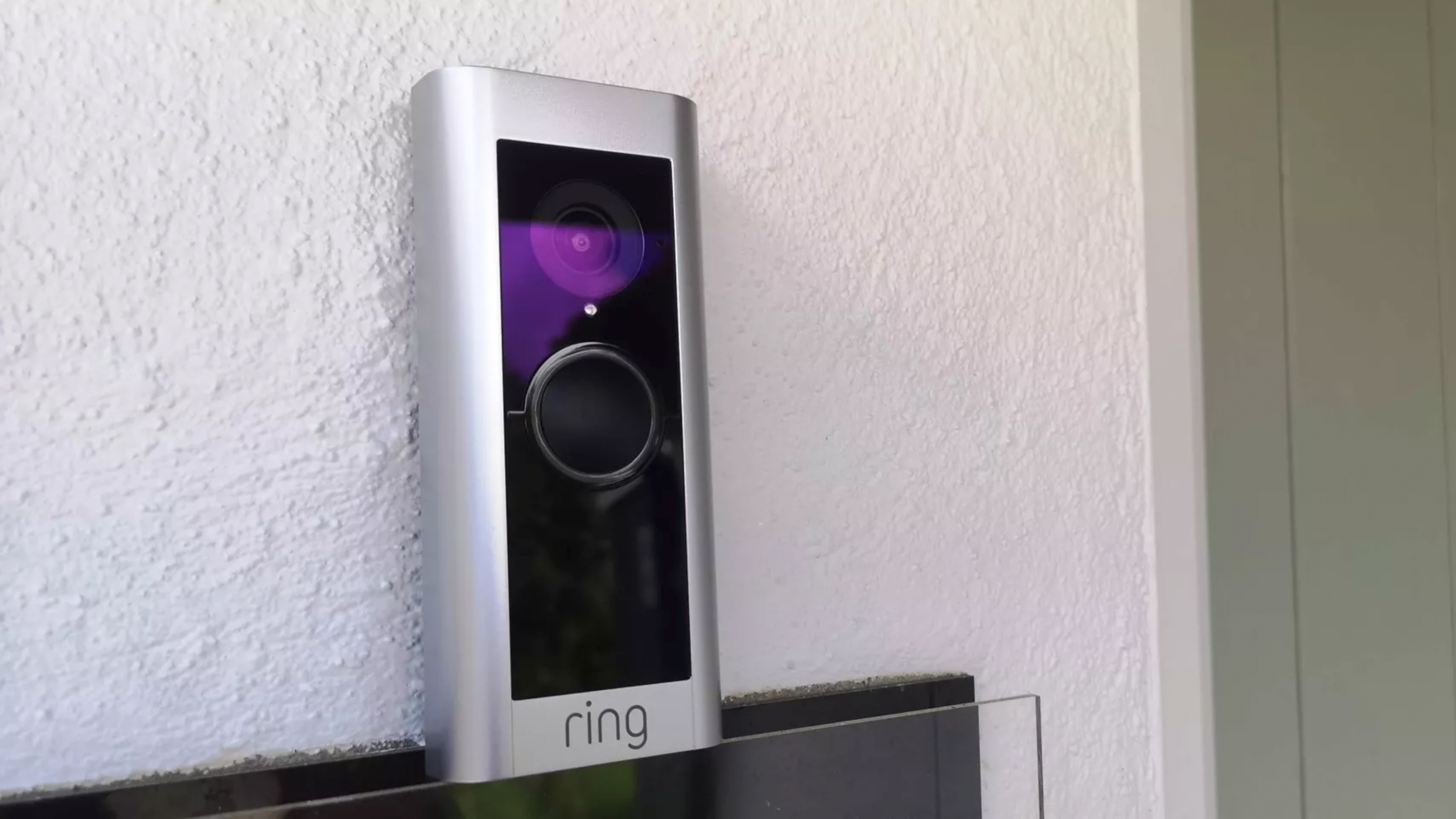
Specifications
Reasons to buy
Reasons to avoid
A higher-spec video doorbell, the Pro 2 by Ring is larger than some of its relatives but packs in higher-resolution, 1536p video, a wide-angle lens, and 3D motion detection.
With a more premium look than other Ring products, the Pro 2 has a nifty feature called pre-roll video, where footage starts recording a few seconds before a visitor presses the button. This isn't quite the flagship Ring model, since it sits below the Ring Video Doorbell Elite that's Ethernet powered and will set you back some $349 / £349 / AU$499.
This is a wired-only Ring but has the flexibility of working with either your existing doorbell wiring or via a mains wall outlet. If that isn't an option for you – because you're renting, perhaps – then Ring and Nest both sell wireless, battery-powered video doorbells.
A nice feature of the Pro 2 is how the front faceplate can be swapped for one of a different color, helping it suit the aesthetics of your property. We also welcome this doorbell's provision of dual-band Wi-Fi, which means a better internet connection and notifications delivered more quickly. This should also be helpful in larger properties, where the front door might be a long way from the router.
Read our full Ring Video Doorbell Pro 2 review

Alistair Charlton is based in London and has worked as a freelance technology and automotive journalist for over a decade. A lifelong tech enthusiast, Alistair has written extensively about dash cams and robotic vacuum cleaners for TechRadar, among other products. As well as TechRadar, he also writes for Wired, T3, Forbes, The Independent, Digital Camera World and Grand Designs Magazine, among others.